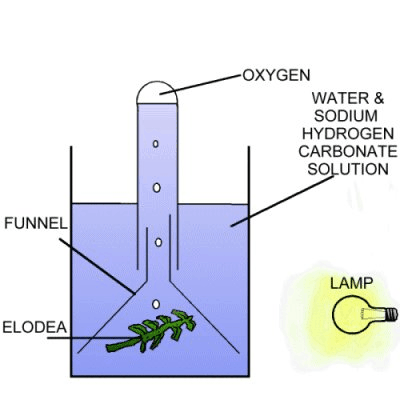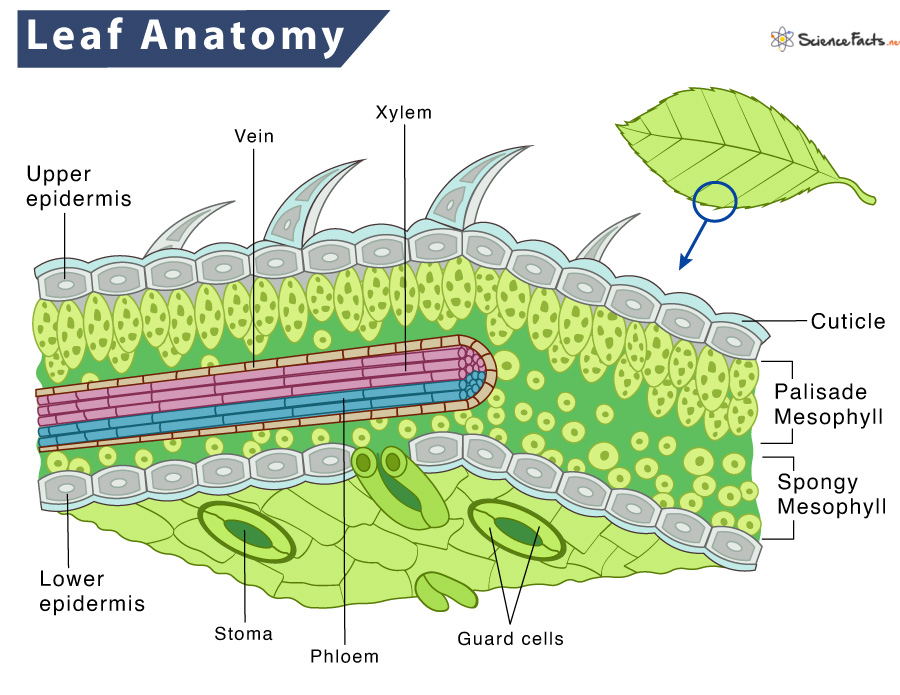A. What is the gas used by plants for photosynthesis?
B. What is the gas made by plants in photosynthesis?
A. Carbon Dioxide
B. Oxygen
Where do plants get their water from?
soil
A. How do animals obtain their carbon?
B. Name one compound in plants that contain carbon
A. Feeding on plants/producers.
B. glucose/starch/protein/carbohydrate/fat/cellulose/chlorophyll
What is meant by mass extinction? [1]
many species of organisms are completely destroyed
Why do we repeat experiments or run multiple trials? [1]
[1] To improve the reliability of the results
Why do plants need chlorophyll and light for photosynthesis?
Light energy needed for starting the chemical reaction
chlorophyll to absorb the light
What is the function of the stomata and where is it located? [2]
[1] Gas exchange (carbon dioxide and oxygen)
[1] located on the underside of the leaf
What are decomposers and why are they important to the carbon cycle? [2]
[1] Decomposers are organisms that break down organic matter from dead plants and animals.
[1] Important because they recycle carbon back to the air as carbon dioxide.
Name the two main green house gases contributing to climate change. [2]
[1] Carbon dioxide and
[1] methane
Marcus did an experiment to compare photosynthesis of of two types of seaweed (water plant).
What variable should Marcus change in his experiment? [1]
[1] the type of seaweed
Write the word equation for photosynthesis.
water + carbon dioxide --> glucose + oxygen
A. If a plant is deficient in magnesium it will SHOW ___.
A. If a plant is deficient in nitrate it will SHOW _____.
A. yellow coloring, shorter growth
B. Shorter Growth
What are fossil fuels? Draw how they are made in the carbon cycle and how they are returned to the atmosphere.
Plants and Animals ------> Fossil Fuels
SLOW PROCESS.
Describe how humans are contributing to climate change. [2]
[1] Humans are burning fossil fuels for energy
[1] which is greatly/significantly causing CO2 levels to rise, disrupting the balance of photosynthesis and respiration.
Marcus did an experiment to compare photosynthesis of of two types of seaweed (water plant).
What should Marcus measure during his experiment? [1] 
[1] number of bubbles in a given amount of time
What is the difference between chloroplasts and chlorophyll?
Chloroplasts = organelle in plant where photosynthesis takes place
Chlorophyll = green pigment in the chloroplasts that helps absorb sunlight
A. What do plants use nitrates for? [1]
B. What do plants use magnesium for? [1]
A. (make) proteins
B. Mg --> make chlorophyll
What is respiration? Draw where it happens on the carbon cycle.
Respiration is a chemical reaction which occurs in all living cells, releasing energy from glucose.
Should show 3 arrows going from animals, plants and decomposers to the air of the atmosphere.
Which of the following describes predicted future impacts of climate change?
[A] The mean temp at the poles will decrease
[B] Sea levels will rise
[C] More extreme weather like hurricanes and typhoons
[D] There will be less sunlight reaching Earth
[B] Sea levels will rise
[C] More extreme weather like hurricanes and typhoons
Marcus did an experiment to compare photosynthesis of of two types of seaweed (water plant). List 3 control variables. [3]
Any:
temperature, light intensity, size of seaweed, time, water amount
Write the chemical equation for photosynthesis.
6H2O + 6CO2 --> C6H12O6 + 6O2
Draw and label a leaf. It should include:
waxy layer, upper epidermis, palisade layer, lower epidermis, spongy layer , vein, stomata

Write the chemical word equation for how carbon in plants, animals and decomposers are returned back to the air.
Respiration
glucose + oxygen --> carbon dioxide and water
If a massive asteroid hit the Earth today like it did 67 million years ago...describe how it would impact [3]
1. The atmosphere and plants
2. Earth's Climate
3. Animals
1. Atmosphere covered in dust and no light for plants
2. Climate would get cooler as light is blocked
3. Animals would go extinct due to no plants.
How do you test for oxygen gas? [1]
[1] glowing splint will relight